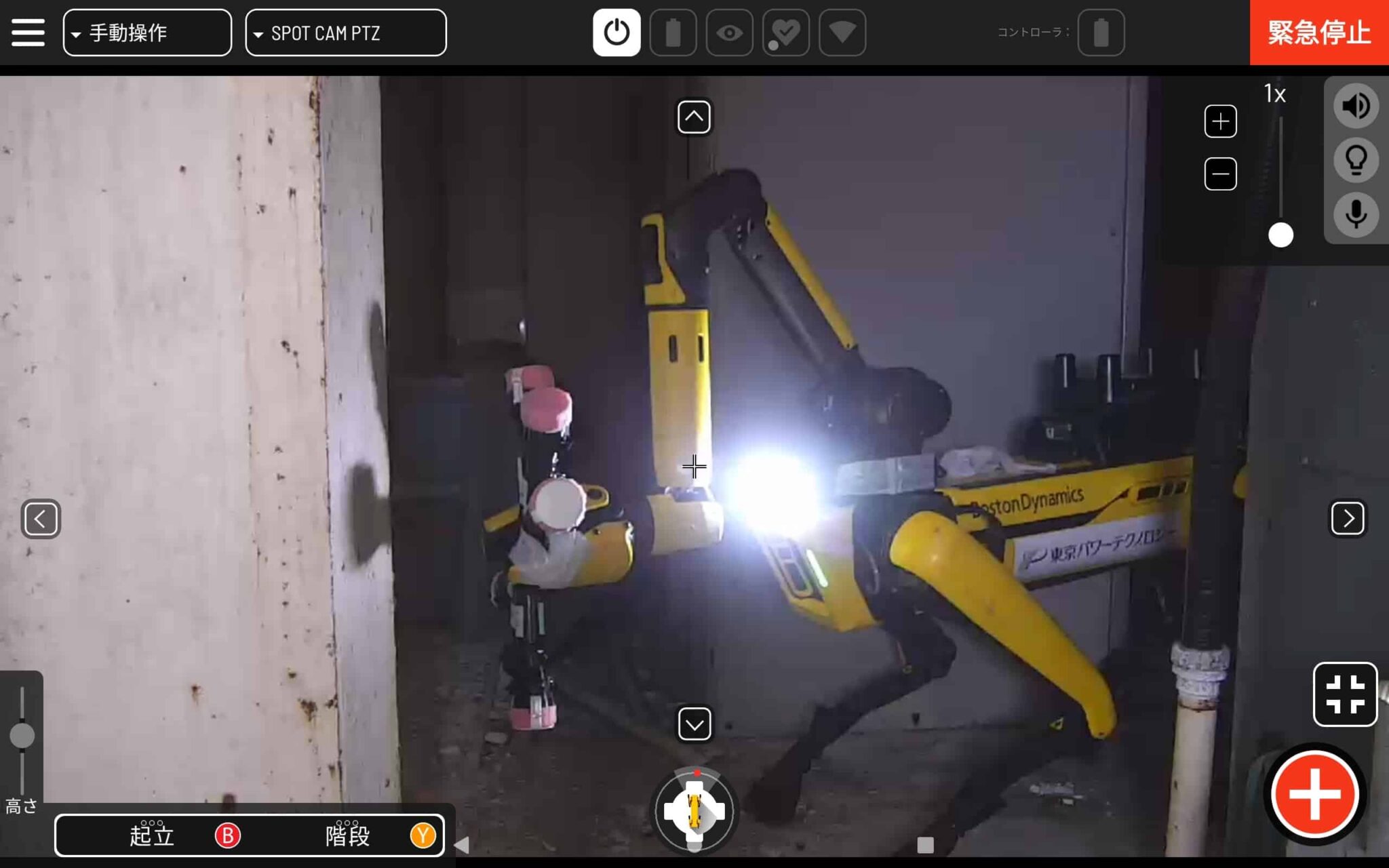Engineers from Northwestern University (USA) have developed soft biomimetic muscles that give robots human-like agility and strength. The new technology opens the path to creating flexible anthropomorphic robots capable of adapting to their surroundings and successfully handling complex tasks.
Modern robots often struggle with adapting to uneven terrains or performing fine manipulations. Their rigid construction limits smooth movement and safe interaction with humans. Developers sought to solve this problem by creating an artificial muscular system that combines soft elasticity with load-bearing capacity.
The basis of the artificial muscles is a unique material developed by the team led by professor Ryan Truby. The material consists of a specially structured component printed via 3D printing technique known as "twisted shear auxetics" (HSA). Thanks to its complex structure, HSA can stretch and compress similarly to real muscles, providing joint mobility.
The new actuator weighs approximately the same as a football and easily integrates into robot limb constructions. These muscles can contract and extend by 30%, lifting loads almost 17 times their weight. One of the main advantages is the lack of need for bulky equipment for power supply: the muscles function from a battery, making robots mobile and independent.
Researchers created a full-scale mechanical robot leg equipped with three such artificial muscles mimicking the quadriceps, biceps femoris, and gastrocnemius. The roboleg is fitted with elastic connections similar to tendons, ensuring shock absorption and minimizing damage risk. An additional sensor allows the leg to “sense†muscle positioning and stretching, improving movement accuracy.
Northwestern University team's achievements showcase enormous potential for the future of robotics. Artificial muscles will enable the creation of versatile devices capable of operating in harsh conditions, ranging from industrial settings to medicine and service industries. Research findings are published in the prestigious journal Advanced Materials, attracting great interest among specialists and enthusiasts alike.
Developing soft materials with characteristics of living tissues opens vast possibilities for constructing a completely new class of mobile devices capable of moving freely and functioning in real-life situations. In the future, such innovations may lead to a revolution in healthcare, rescue operations, and everyday assistance to humans.
Additional Information:
The article was published in the journal Advanced Materials. The authors of the study include Taegyoung Kim and the Material Engineering and Mechanisms Laboratory team led by professor Ryan Truby. The research was funded by grants from the National Science Foundation and the Department of Defense.


















